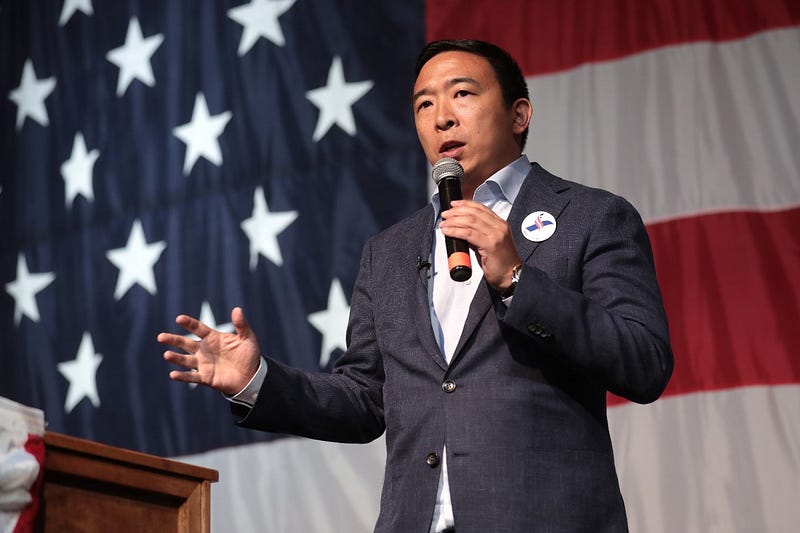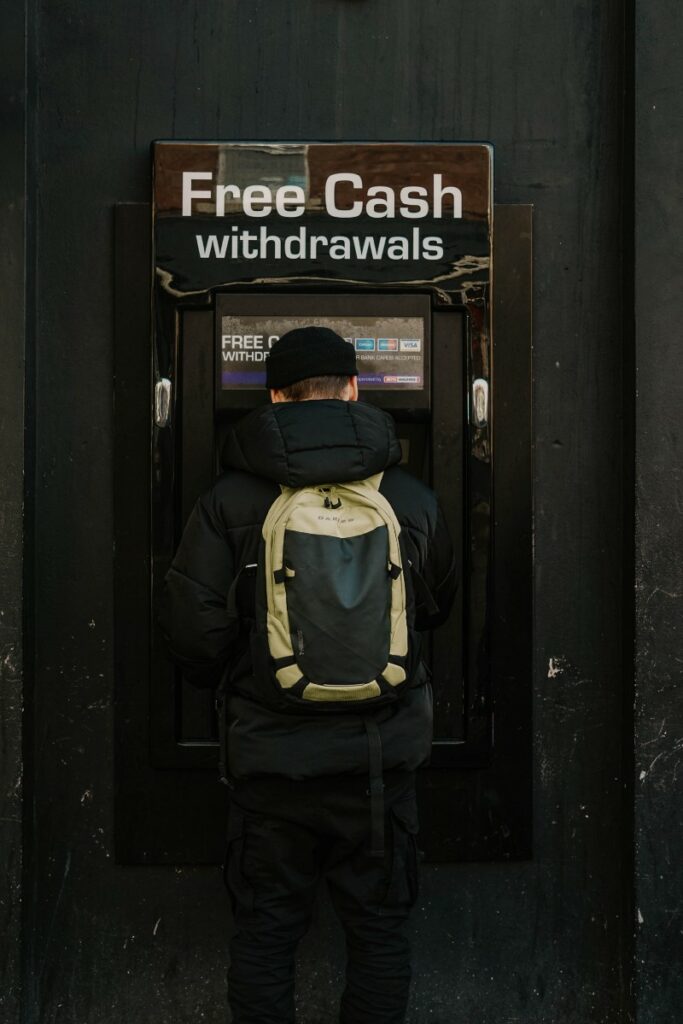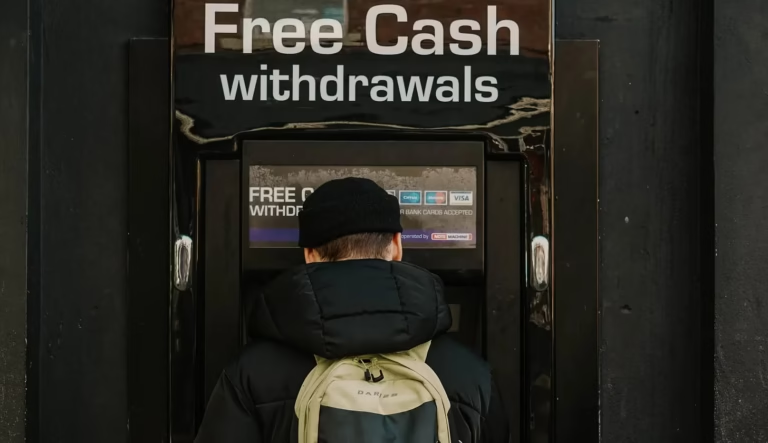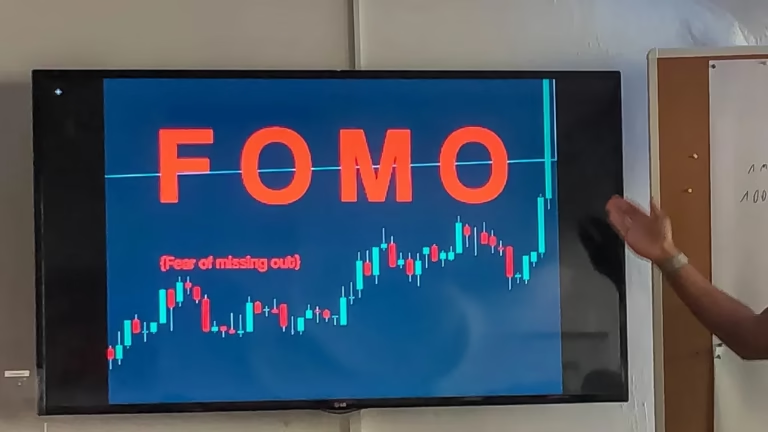Don’t wait for the government to create Universal Basic Income — get it on your own and forever.
Not too long ago, when the race for the Democratic nomination for president was still in its early stages, the media asked all the candidates what they would offer to be different from other candidates and why people should vote for them.
All kinds of different options and ideas were floated around. Ultimately, the person who said that no new ideas are needed and all we should aim for is going back to what we had a few years ago won the first prize.
One of the candidates, Andrew Yang, suggested the introduction of a Universal Basic Income (or UBI). He promised that every American would get $1000/month if he’s elected president.
The concepts behind Universal Basic Income (UBI)
This UBI would be paid into your bank account every month because you’re legally in the United States as a citizen, a permanent resident or a visa holder for long term work. This money isn’t in return for any payment you made or because of a program you enrolled in. The main objective is to give everybody enough to have at least the very basics of life.
UBI is a fixed amount and what you can do with it varies from location to location. Though it might not be perfect, UBI could still help overcome poverty and provides a much better situation than not having any money at all.
Ideally, UBI would be connected to a minimum wage of $15 per hour so that workers could receive about $2500/month gross income, plus $1000 of UBI. These two aspects together would give a solid foundation to any person to live, raise a family, and not be afraid to fall into poverty or homelessness.

Most people laughed about it.
The left-leaning media called it a crazy idea that would never find a majority.
The right-leaning media called it a pure form of socialism.
Yang ran for some time, didn’t get the support he needed and ultimately folded.
What did they create?
- Small businesses would get money from the government in the form of a forgivable loan to keep people on the payroll even if there was no work for them. They called it PPP, provided money for eight weeks of payroll, and hoped that the economy would somehow come back and be the same as before the crisis. For 2 months, companies would be paying their employees with government money even if they weren’t working. It wasn’t exactly a UBI but a form of monthly wages paid by the government without you having to work for it.
- For people working for larger companies who were not eligible for PPP and got fired, the government developed a program that paid $600/week (or $2400/month) in addition to the unemployment pay to be received from the state for 17 weeks (Apr 5th — Jul 31st). That’s $10,200: more than twice what Andrew Yang had suggested for UBI. At $1000 per month UBI, this measure alone would’ve covered ten and a half months.
- The government felt it needed to provide some short-term help for families locked in their homes because of COVID. That’s what resulted in every eligible person to receive a check or direct payment of $1200. Most people who received that money saved it or used it to pay some of their debt.
In a way, if you were terminated shortly after the shut down for COVID started, you’ll have received UBI for all of 2020 by the definition Andrew Yang had suggested ($10,200 for Cares act + $1200 one time COVID relief = $11,200, just $800 short of the $12000 that UBI would pay you). If there’s any further stimulus money, we’ll get beyond UBI levels for anybody who lost their job due to the crisis.
How To Create a Personal UBI
The claims that UBI is crazy, that it could never work, would never get approval or has any chance of being implemented are now gone. Even though names are different, we started some form of UBI as an experiment.
What if having money coming in, even if you don’t work or can’t work, is something you’d like to have forever? Not only when you reach retirement or when there is a massive crisis… but just because you did the right thing?
What would it take if you were to decide to create your own UBI? Is this possible? What are the steps?
The answer is: yes, it’s possible and there are multiple ways to get there.
The COVID crisis has provided us with a bunch of amazing options that would accelerate the speed with which to accomplish it. You could use existing savings if you have any or you could take money out of your IRA, 401K, or other retirement account and don’t have to pay penalties. These and other ways are accelerating the path to $1000/month personal UBI.
Even if you have no money, no savings, no retirement account or whole life insurance, you can still get there in 6–7 years.
And remember, once you get there it will be forever.
Forever means for all your life, the life of your children and the life of their children. Over time, that amount will surpass the initial $1000/month and it will always be there once you’ve been through the first 6–7 years.
Do you think I’m crazy and this can’t be true? Well, I can assure you I’m not crazy (even though my daughter might sometimes think otherwise) and yes, it’s true.
Here’s how to do it:
- Set a goal to save $1000 per month no matter what. No payments into 401K plans, not stock investments, not strange stuff. Ideally, ask your employer if they could pay you the match they’d give to your 401K plan into your savings account. If they refuse, put $1000 each month into a savings account. You might have to be frugal to do this: do you really need that expensive car with the car loan you have? Reduce all other expenses. If the government gives you extra money, like the $1200 stimulus checks, add it to your savings.
- After 24 months, find a well-performing single-family house for a purchase price of $100,000. You’ll have $24,000 in your savings account and will have to pay $20,000 as a down payment. The remaining $4000 is for closing costs, appraisals and other details. This house will provide you with about $220/month in extra income, called positive cash flow. Add this money to the money still going to your monthly savings. This also means you only need to come up with $800 out of your pocket in year 3 and year 4 of this plan.
- After 48 months, buy your second investment house. It’ll probably cost approximately $110,000 and perform in a similar way as your first house: providing you with another $200/month in extra income/positive cash flow. Now, you only need to put about $650 per month of your own money in your savings account. The rest is income from your two houses.
- At the end of year 6, buy your third house. Same as before. Due to inflation, rent increases and a few other minor factors, your monthly positive cash flow income is now at least $1000/month.
- You can stop saving the money you’re used to saving each month and enjoy your personal UBI forever.
Based on my own experience, if you follow this plan and put $1000/month in your savings account for the first 2 years so you can buy that first investment house, you’ll have gotten so used to it that you can just keep going at that same rate and reach the finish line even a little faster than 6 years.
If your job pays you more or if you get hooked and look at all the amazing opportunities the government is giving you to encourage you to invest in houses, you might try to find even more creative ways to accelerate the program.
In summary, if you have nothing but a job and your life right now, you can start this plan and get your personal UBI in 6 years.
If you have some money in a savings or retirement account, you don’t need to wait for 24 months to buy your first house. You might be able to start before the end of this year and take advantage of some depressed prices.
Finally, keep in mind that a personal UBI doesn’t solve all your money needs. On the other hand, you can apply this plan together with your spouse and both get a personal UBI. When you reach year 5 or 6, you can decide to keep going and get a double personal UBI. If you infect your spouse with the idea, you can have a quadruple UBI (or as some call it, a QUBI).
That’s $4000 per month in about 10 years from now. If you’re 30 years old, that’s by the time you’ll be 40, maybe 42. If you’re 35, that’s by the age of 45 or 47.
Think about a life where you have your family, the QUBI and what I call EI, Economic Independence. It’s the freedom to decide if you want to keep exchanging time for money or use your QUBI, enjoy life, do things that really matter to you, and not be dependent on any external influences.
In conclusion
I hope you can see that Andrew Yang was on to something. I hope you’re inspired to get a personal UBI or maybe even a QUBI. Please be aware that the crisis we faced can reveal amazing opportunities and allow us to look at something that sounded crazy just six months ago through different eyes. Investors have been using this approach for decades and they don’t worry as much when a crisis looms.
I believe we all want that peace of mind and a personal UBI or a QUBI are great ways to get there.
More details go into this plan but I hope I gave you a good idea of the possibilities available to you with some patience and discipline. If you have any questions, feel free to leave them in the comment section.








